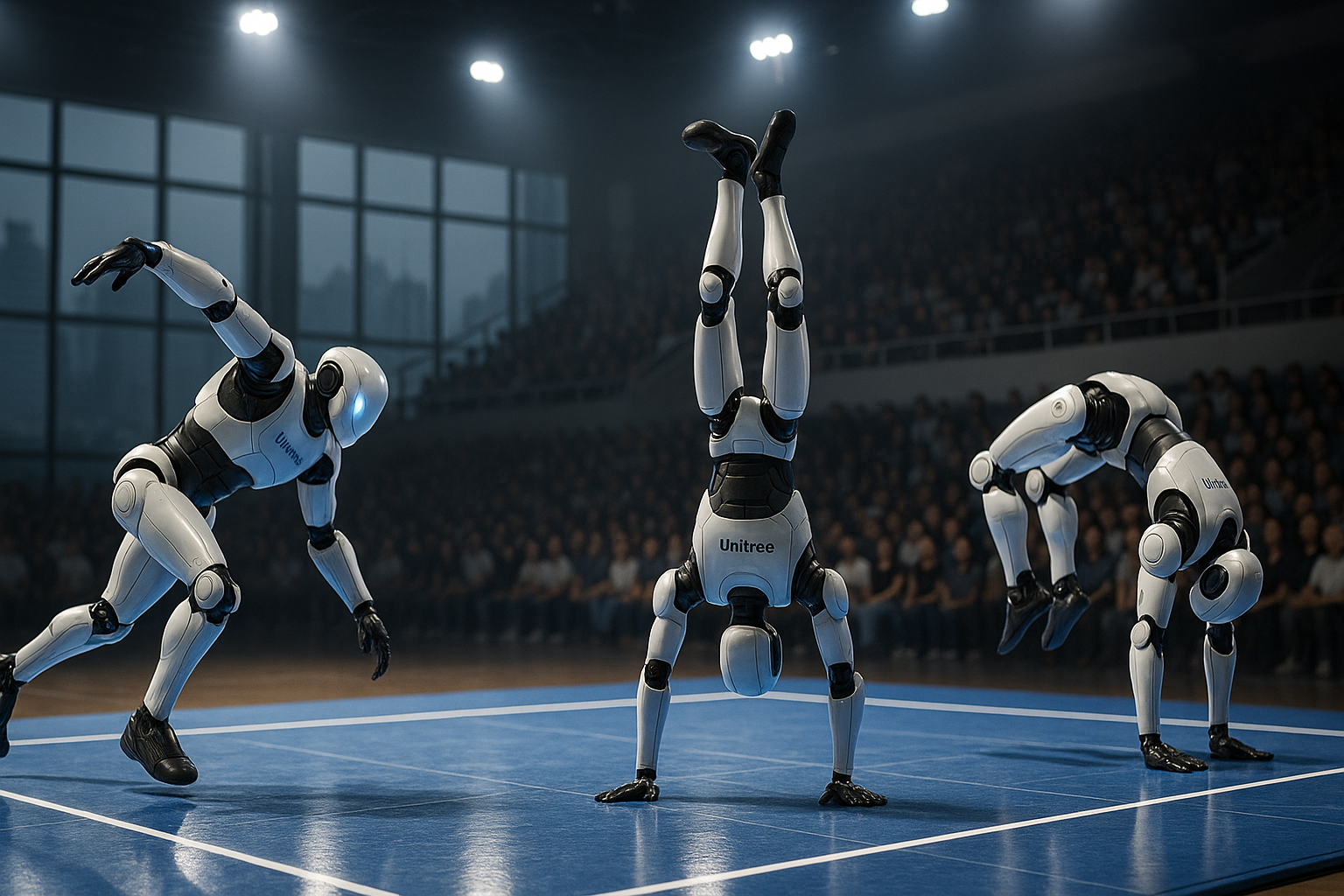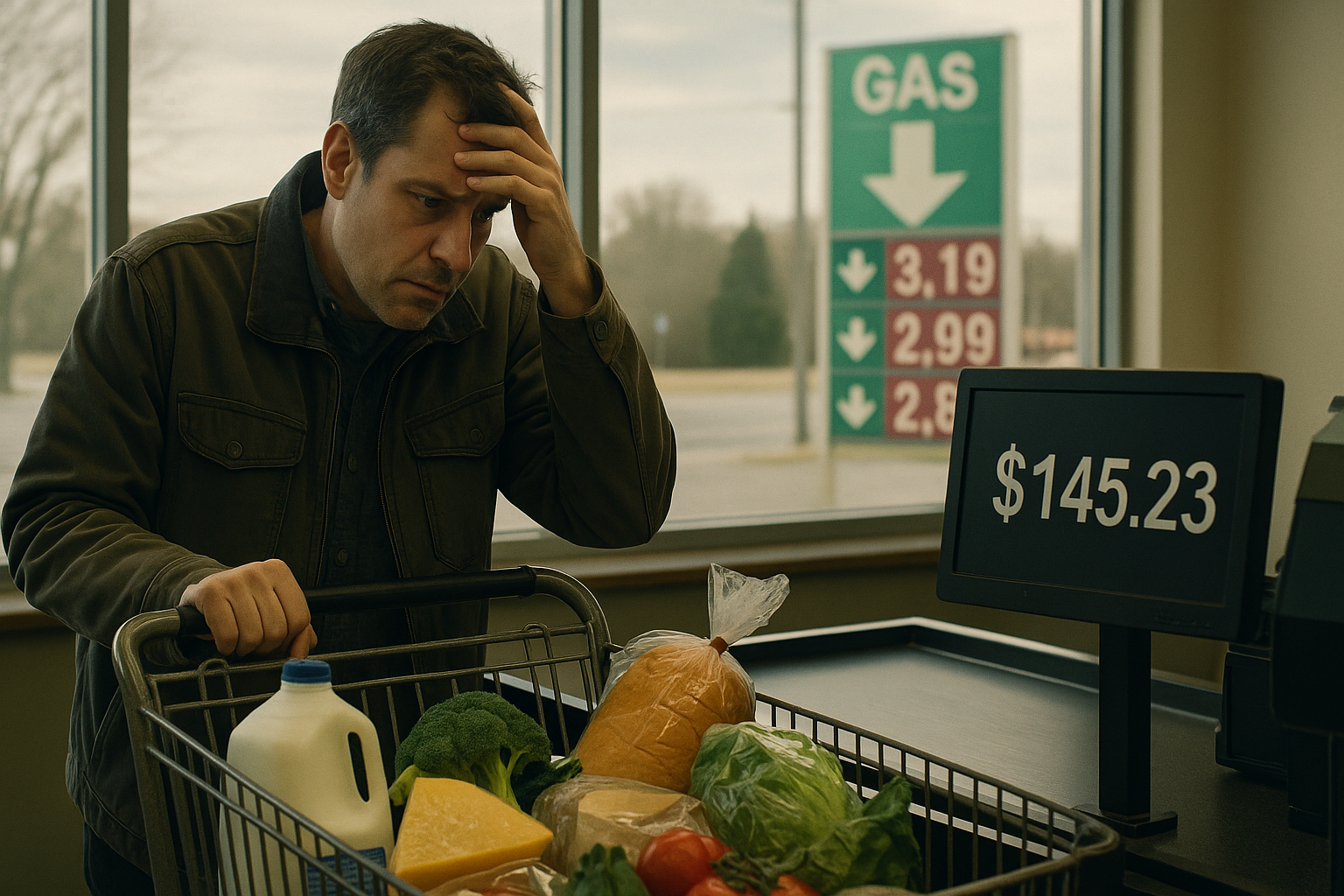The sun was low on the horizon in Phoenix when it happened. A Tesla using Full Self-Driving struck a 71-year-old grandmother at highway speed. The car never slowed. The glare had confused its cameras, and that was that.
It feels like watching a Greek tragedy unfold in slow motion. You can see what's coming, but you're powerless to stop it.
This wasn't the first time, either. Four crashes in eight months, each following a disturbingly similar pattern—limited visibility from sun glare, fog, or dust clouds baffling Tesla's camera-only systems. Engineers call these "edge cases." Regular folks call them "everyday driving conditions."
I've been covering automotive technology for nearly a decade, and the gap between what gets promised and what gets delivered has never been wider than with autonomous driving. The disconnect is jarring.
Look, Tesla's $800 billion valuation isn't built on selling luxury electric sedans. It's built on the promise—the expectation—that their self-driving technology will revolutionize transportation itself. Robotaxis. Subscription services. The whole enchilada.
But here's the thing that makes industry insiders scratch their heads: Tesla's approach is fundamentally different from literally everyone else working on this problem.
While Waymo, Cruise, and practically every serious autonomous vehicle company uses LiDAR (think: laser eyes that can "see" through glare and darkness), Tesla rejected it. Elon Musk famously called LiDAR "a fool's errand" and "expensive sensors that are unnecessary."
Was this purely a technical decision? Doubtful. Camera-based systems are dramatically cheaper to deploy at scale. It's simple economics.
(I spoke with three former Tesla engineers last year who confirmed cost was a major factor, though none would go on record. The automotive industry can be unforgiving to whistleblowers.)
The market dynamics here are fascinating. Tesla has backed itself into a technological corner. Adding LiDAR now would be admitting their entire camera-only philosophy was flawed—an expensive, embarrassing correction that would crush the narrative that's been propping up their valuation.
Meanwhile, regulators are finally stirring from their slumber. After years of letting Tesla beta test on public roads—something that would be unthinkable in pharmaceuticals or aviation—the mounting accidents are forming a pattern that's harder to dismiss as statistical noise. The recent NHTSA investigation suggests the regulatory free pass might be expiring.
What happens when technological promises crash into technological limitations?
Sometimes I use a framework I call the "reality distortion to reality transition" when analyzing tech companies:
- Make audacious technical claims
- Watch market cap rise on the promise
- Encounter engineering reality
- Deploy increasingly creative explanations
- Eventually deliver something that sort of works but isn't what was promised
- Declare victory anyway
Tesla's somewhere between steps 3 and 4. Remember "robotaxis by 2020"? Yeah... about that.
The irony is thick enough to spread on toast. Tesla's stubborn commitment to cameras-only might actually delay true self-driving rather than accelerate it. Sometimes the supposedly expensive solution turns out to be cheaper when you factor in the true costs of failure.
And the costs aren't just financial, are they?
Just ask that grandmother's family in Phoenix.
Markets eventually correct. Reality has this annoying habit of asserting itself, no matter how compelling the narrative. Either Tesla will solve seemingly impossible technical challenges, or they'll be forced to admit their approach has fundamental limitations.
In the meantime, maybe slow down when driving toward the setting sun. Your eyes might be better than a Tesla's cameras.




